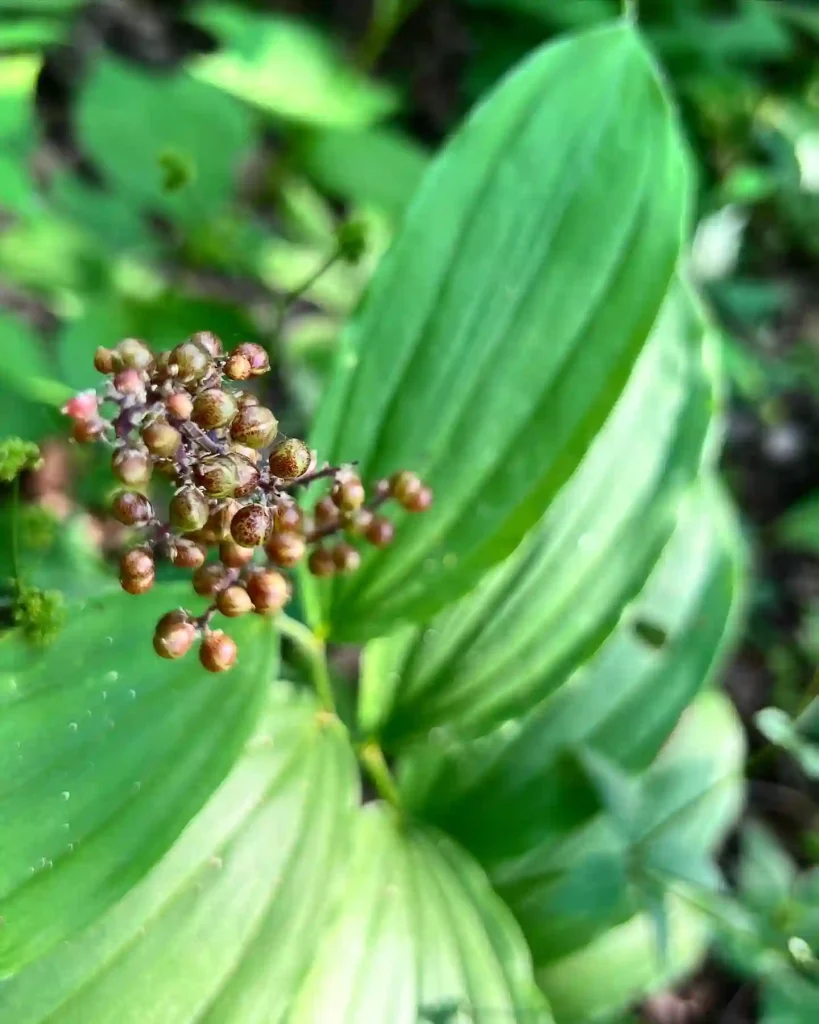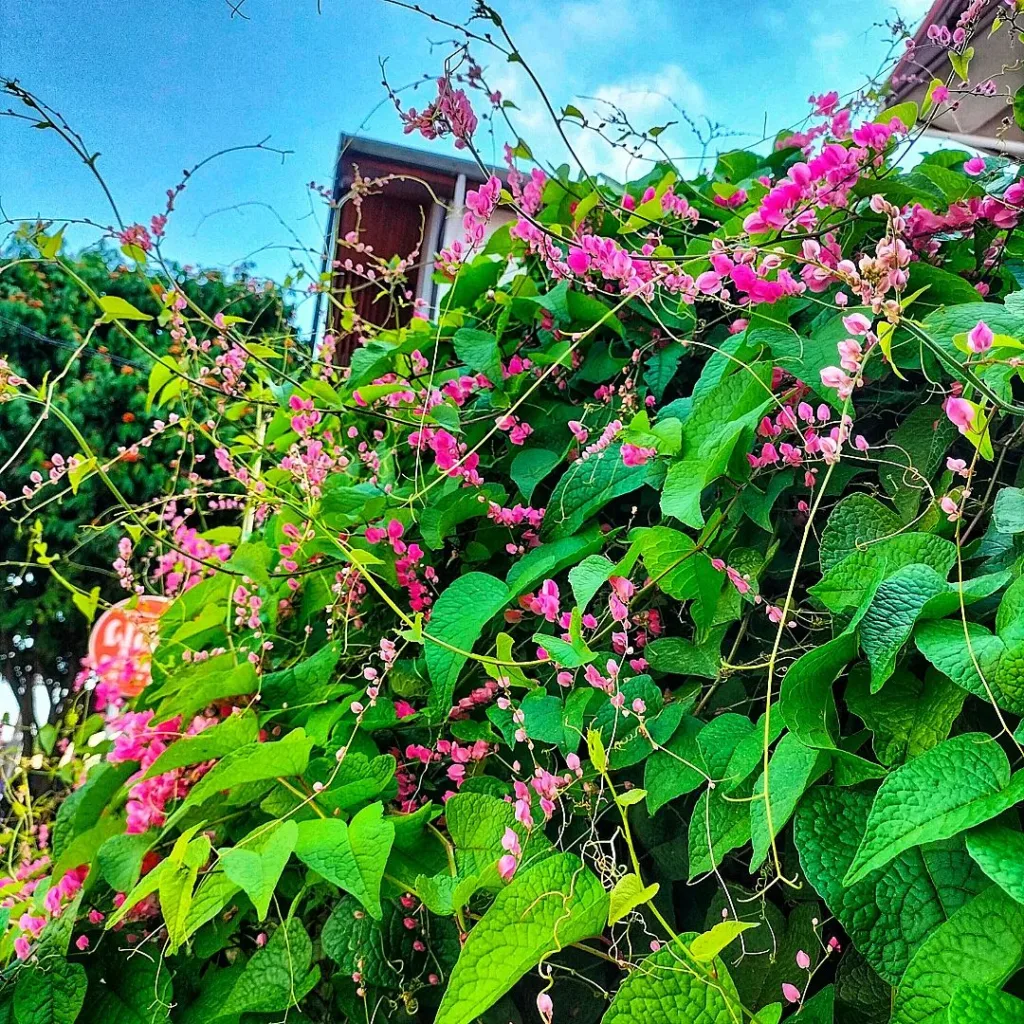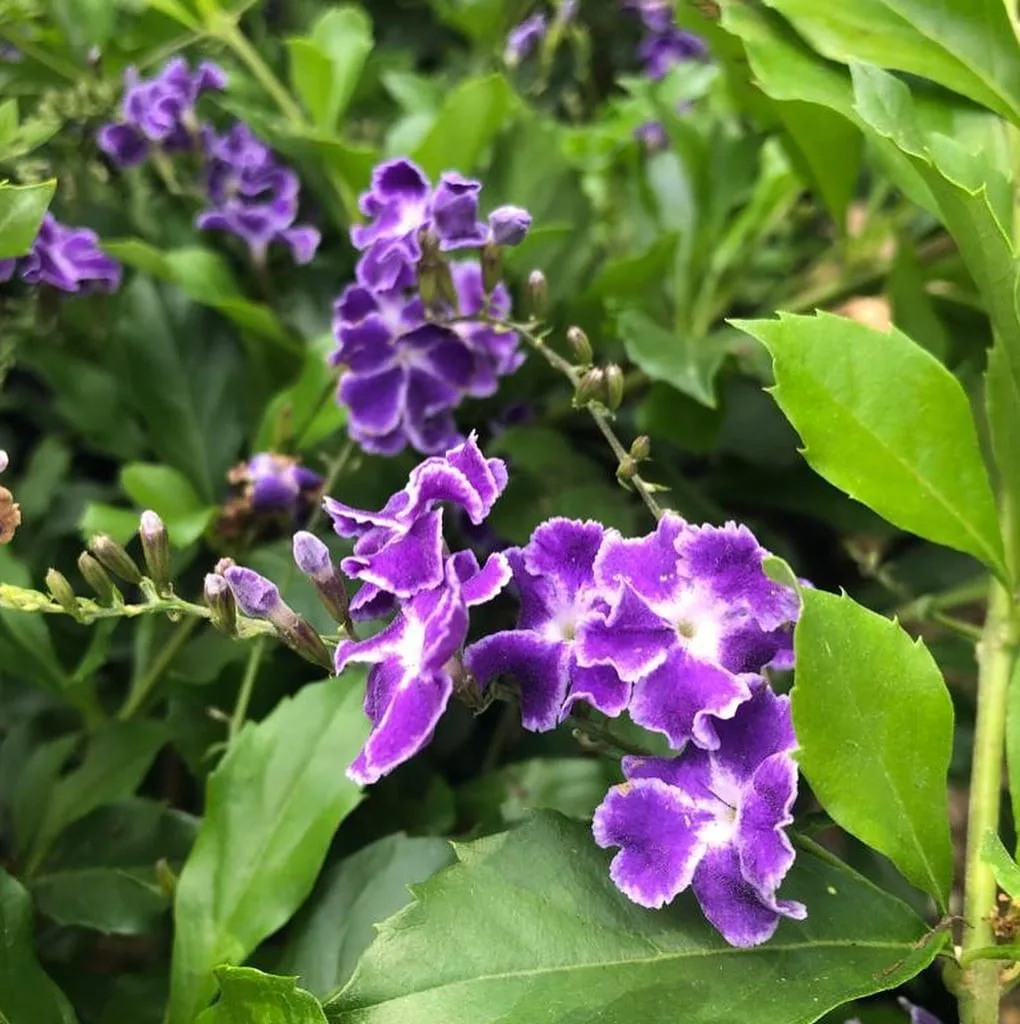Exploring the Bignoniaceae Family: A Personal Journey
As I’ve delved deeper into the world of botany, one family that has consistently piqued my interest is the Bignoniaceae family. Known for its stunning flowers and diverse genera, this family has much to offer both amateur gardeners and seasoned horticulturists alike. Today, I want to share my personal experiences and insights into this fascinating plant family.
A Brief Overview of Bignoniaceae
The Bignoniaceae family, commonly referred to as the trumpet vine family, comprises around 100 species across various genera. This family is characterized by its distinctive, tubular flowers that attract hummingbirds and other pollinators. These plants are predominantly found in tropical and subtropical regions, but some species can thrive in temperate zones as well.
From my experience, one of the standout features of the Bignoniaceae family is the wide array of plant forms it encompasses, including vines, shrubs, and trees. Each genus within the family presents unique characteristics that contribute to the overall beauty and diversity of this botanical group.
Genera
- Adenocalymma Mart. ex Meisn.
- Amphilophium Kunth
- Amphitecna Miers
- Anemopaegma Mart. ex Meisn.
- Argylia D.Don
- Astianthus D.Don
- Bignonia L. – 31 Species in Genus Bignonia
- Callichlamys Miq.
- Campsidium Seem.
- Campsis Lour. – 3 Species in Genus Campsis
- Catalpa Scop. – 8 Species in Genus Catalpa
- Catophractes D.Don
- Chilopsis D.Don – Chilopsis Linearis of Genus Chilopsis – Desert Willow
- Colea Bojer ex Meisn.
- Crescentia L.
- Cuspidaria DC.
- Cybistax Mart. ex Meisn.
- Delostoma D.Don
- Deplanchea Vieill.
- Dinklageodoxa Heine & Sandwith
- Dolichandra Cham.
- Dolichandrone (Fenzl) Seem.
- Eccremocarpus Ruiz & Pav.
- Ekmanianthe Urb.
- Fernandoa Welw. ex Seem.
- Fridericia Mart.
- Godmania Hemsl.
- Handroanthus Mattos
- Heterophragma DC.
- Hieris Steenis
- Incarvillea Juss.
- Jacaranda Juss. – 49 Species in Genus Jacaranda
- Kigelia DC. – Kigelia Africana in Genus Kigelia
- Lamiodendron Steenis
- Lundia DC.
- Manaosella J.C.Gomes
- Mansoa DC.
- Markhamia Seem. ex Baill.
- Martinella Baill.
- Mayodendron Kurz
- Millingtonia L.f.
- Neosepicaea Diels
- Newbouldia Seem. ex Bureau
- Nyctocalos Teijsm. & Binn.
- Oroxylum Vent.
- Pachyptera DC. ex Meisn.
- Pajanelia DC.
- Pandorea Spach – 9 Species in Genus Pandorea
- Paratecoma Kuhlm.
- Parmentiera DC.
- Pauldopia Steenis
- Perianthomega Bureau ex Baill.
- Perichlaena Baill.
- Phyllarthron DC.
- Phylloctenium Baill.
- Pleonotoma Miers
- Podranea Sprague
- Pyrostegia C.Presl
- Radermachera Zoll. & Moritzi – 17 Species in Genus Radermachera
- Rhigozum Burch.
- Rhodocolea Baill.
- Romeroa Dugand
- Roseodendron Miranda
- Santisukia Brummitt
- Sparattosperma Mart. ex Meisn.
- Spathodea P.Beauv.
- Spirotecoma (Baill.) Dalla Torre & Harms
- Stereospermum Cham.
- Stizophyllum Miers
- Tabebuia Gomes ex DC. – 76 Species in Genus Tabebuia
- Tanaecium Sw.
- Tecoma Juss. – 7 Species in Genus Tecoma
- Tecomanthe Baill.
- Tecomaria Spach – 2 Species in Genus Tecomaria
- Tecomella Seem.
- Tourrettia Foug.
- Tynanthus Miers
- Xylophragma Sprague
- Zeyheria Mart.
Cultural Significance
Beyond their aesthetic appeal, many species in the Bignoniaceae family hold cultural significance in various regions. For instance, in parts of South America, certain species are used in traditional medicine, while others play roles in local folklore. Learning about these cultural ties has deepened my appreciation for the family. It’s a reminder of how intertwined plants are with human history and culture.
Growing Bignoniaceae in Your Garden
If you’re considering adding Bignoniaceae plants to your garden, I recommend doing a bit of research on the specific species that interest you. Each has unique growing requirements, so it’s essential to understand their needs to ensure successful cultivation.
From my experience, the trumpet vine (Campsis radicans) is an excellent choice for beginners. It’s low-maintenance and can flourish in various soil types. Just ensure it gets plenty of sunlight and has space to grow. On the other hand, if you’re looking for something a bit more exotic, the Cape honeysuckle (Tecomaria capensis) offers a stunning floral display and can thrive in warmer climates.
Ecological Importance
The ecological role of the Bignoniaceae family cannot be overstated. These plants provide critical habitats and food sources for various pollinators, particularly hummingbirds and bees. In my garden, I’ve noticed an increase in pollinator activity since I introduced Bignoniaceae species. This vibrant family plays a vital part in maintaining biodiversity, making it crucial to promote their growth in both private and public spaces.
Conclusion
The Bignoniaceae family has undoubtedly enriched my gardening experience. With its stunning flowers, diverse genera, and ecological significance, it’s a family that every plant enthusiast should explore. I encourage you to consider incorporating these remarkable plants into your own gardens. You might just find, as I have, that they bring a sense of joy and connection to nature that’s truly unparalleled. Whether you’re drawn to their beauty, their pollinator-friendly traits, or their cultural significance, there’s no denying the allure of the Bignoniaceae family.
If i die, water my plants!



